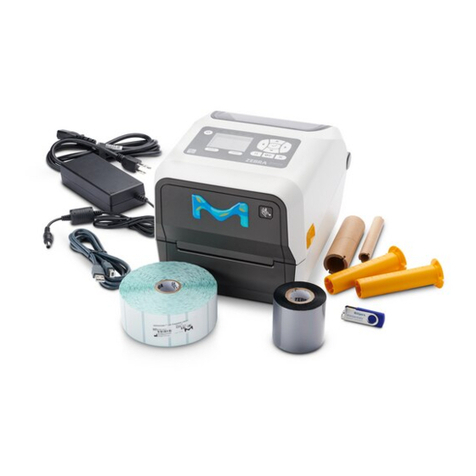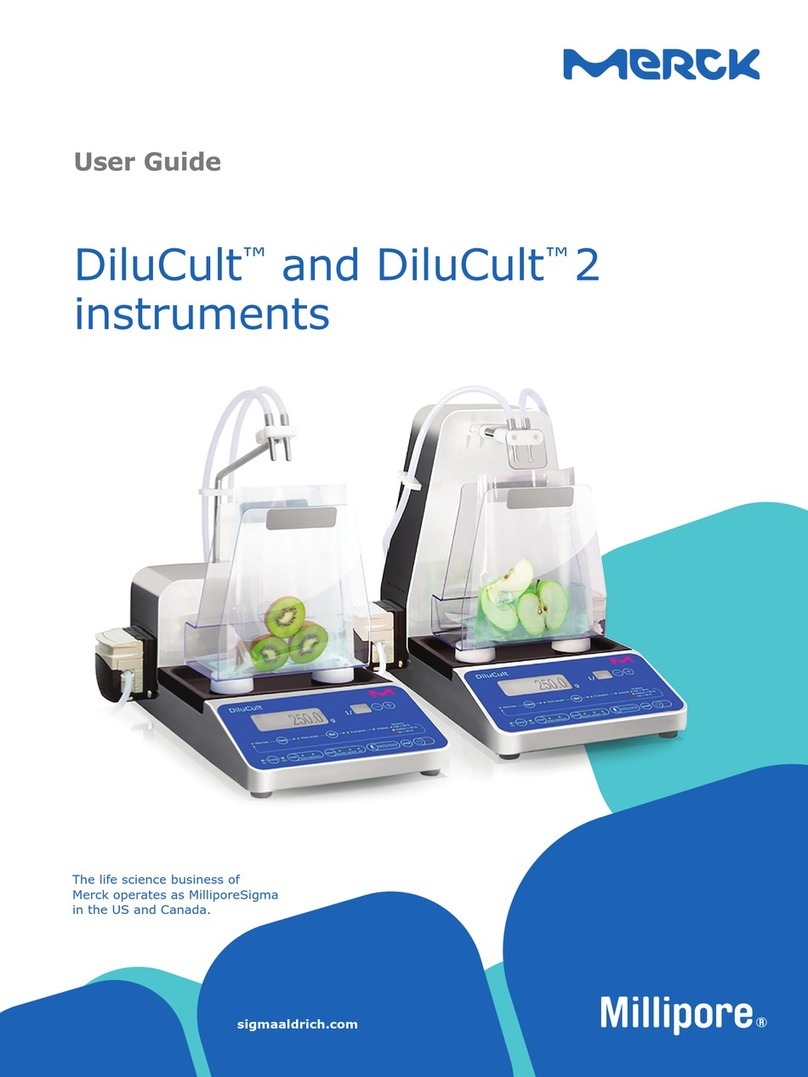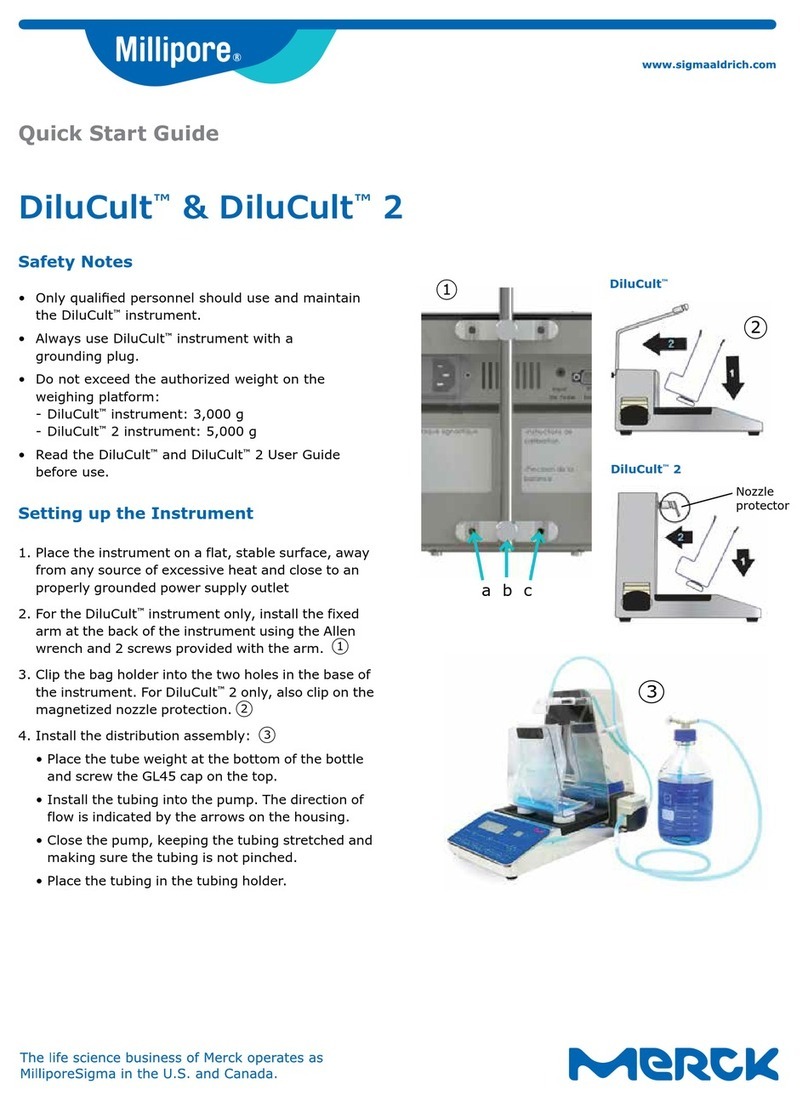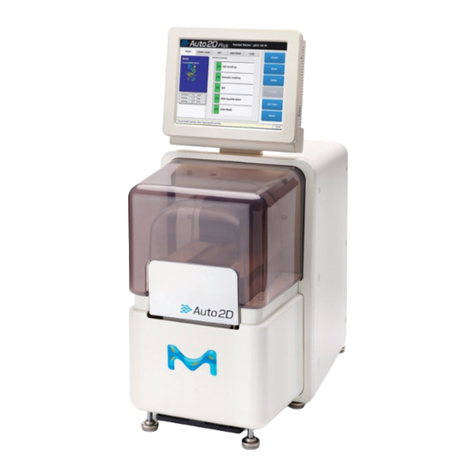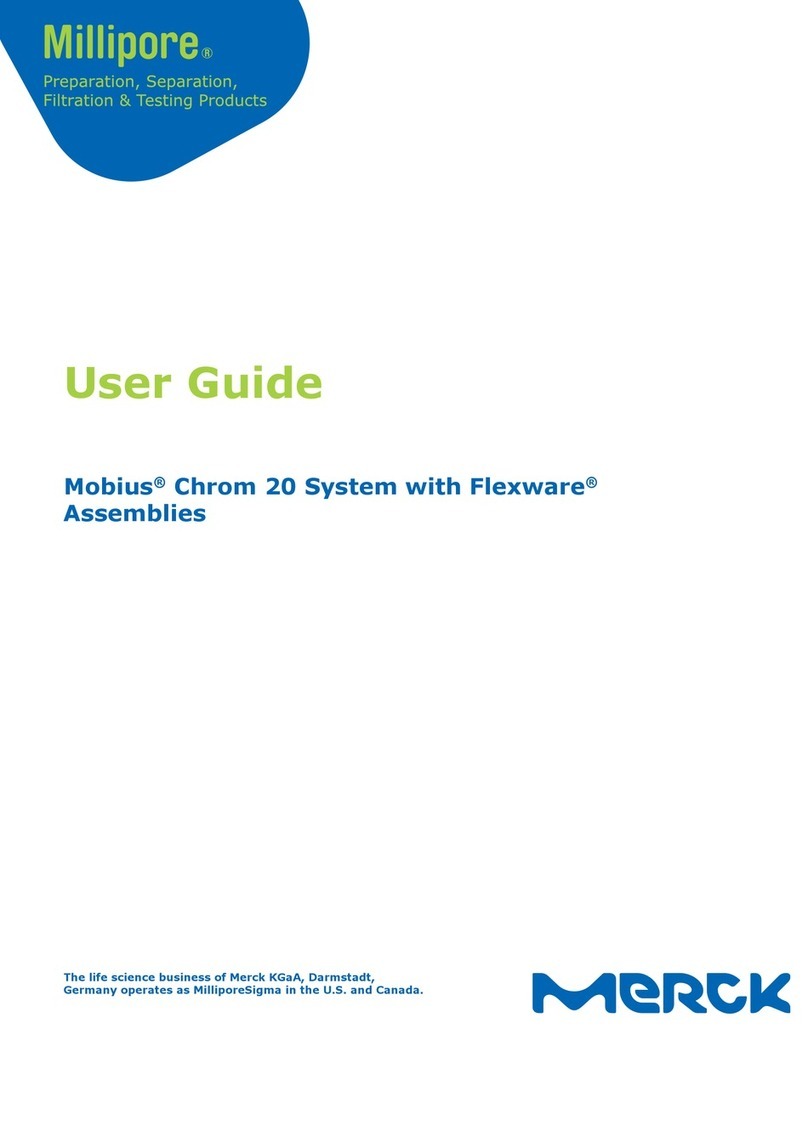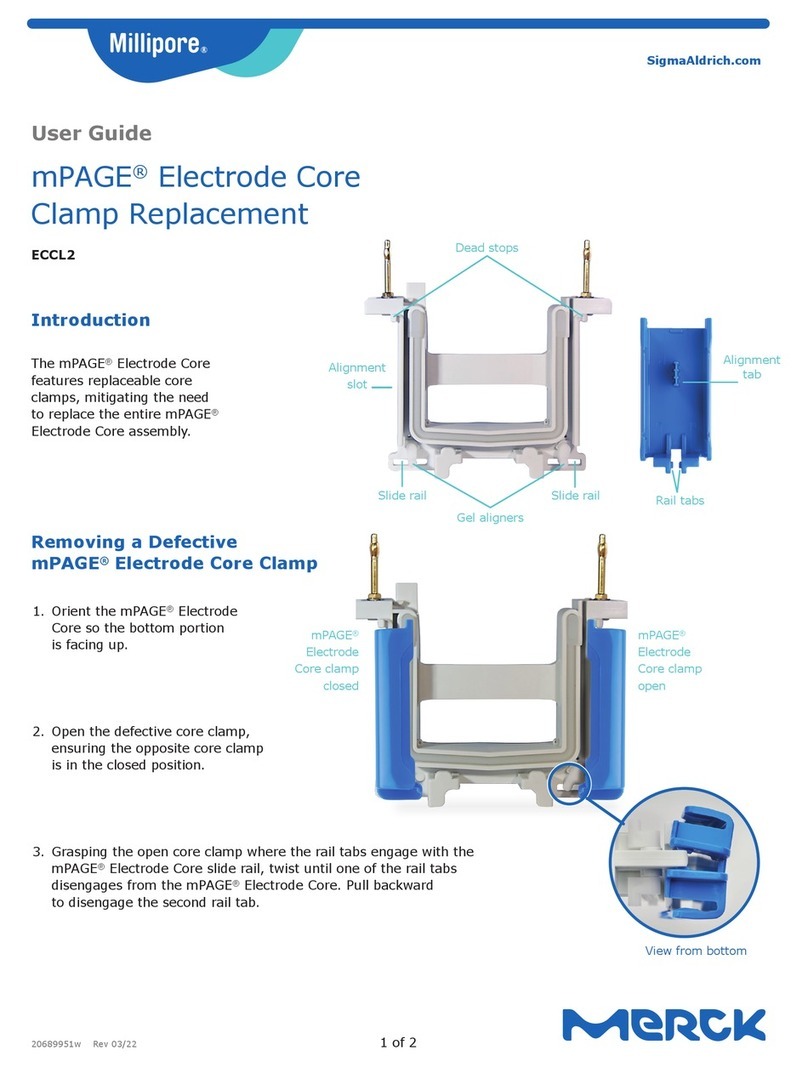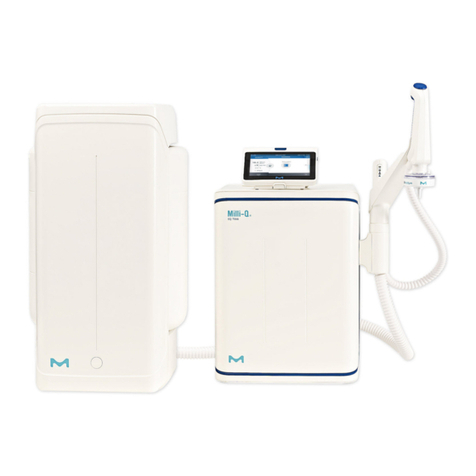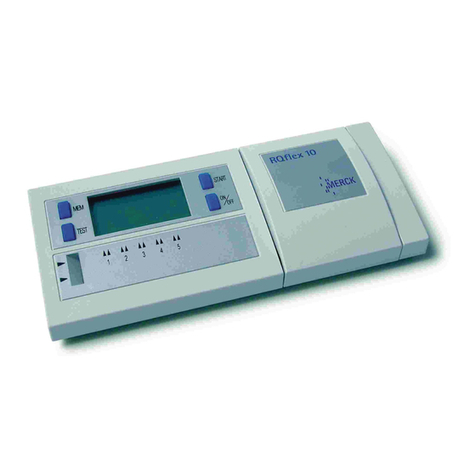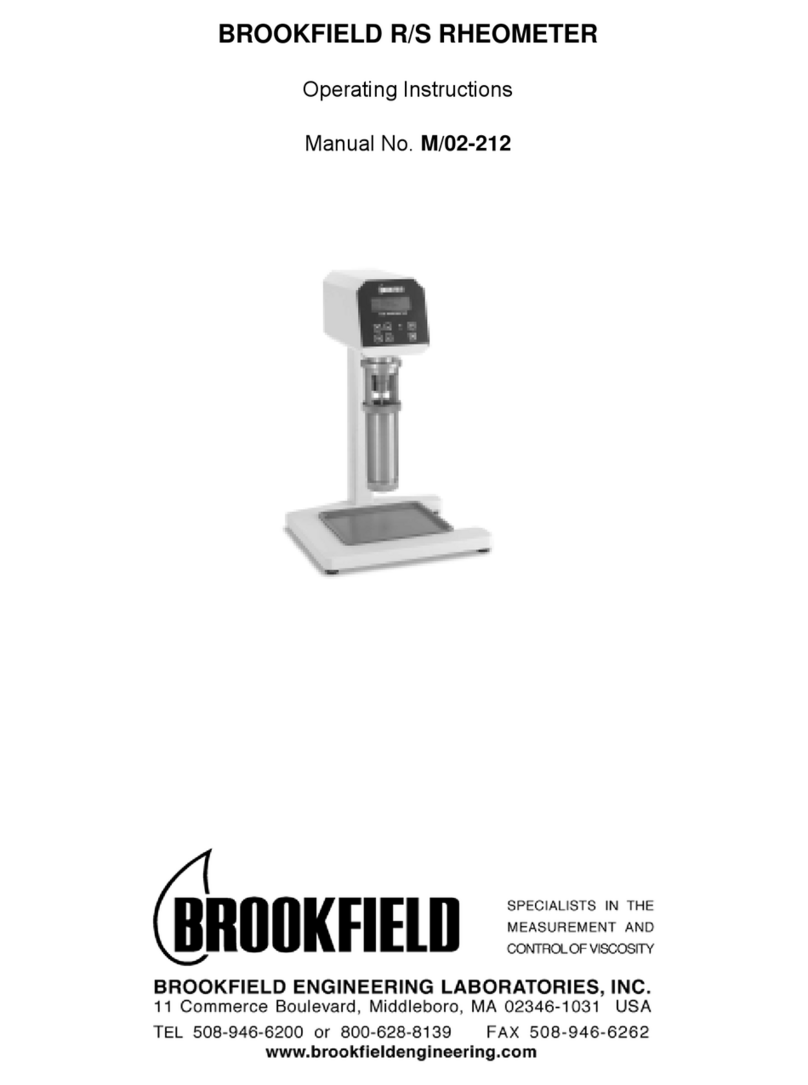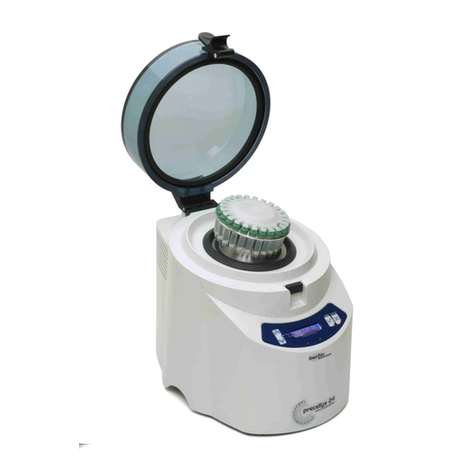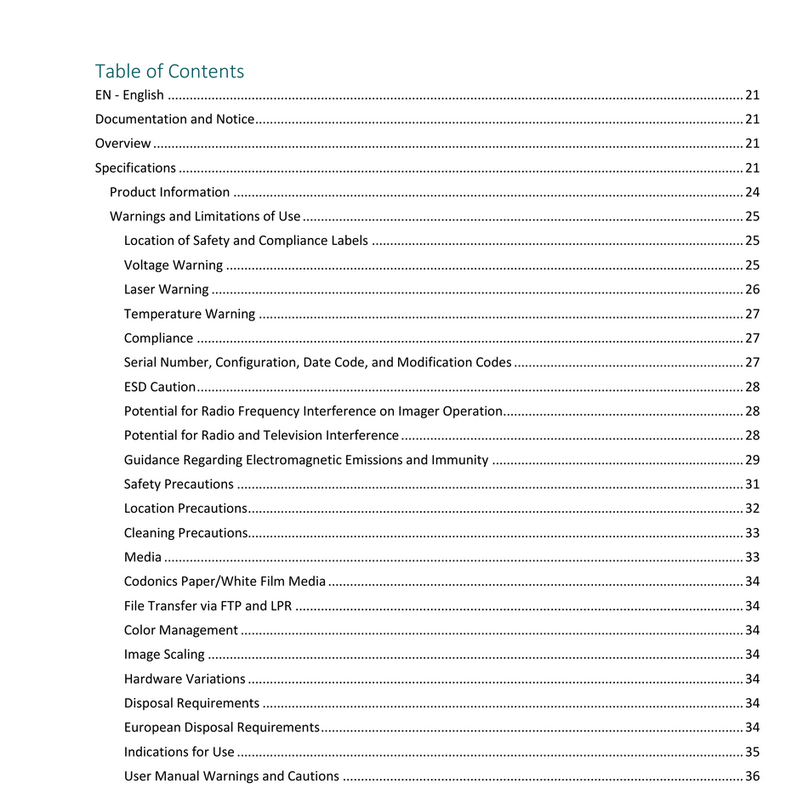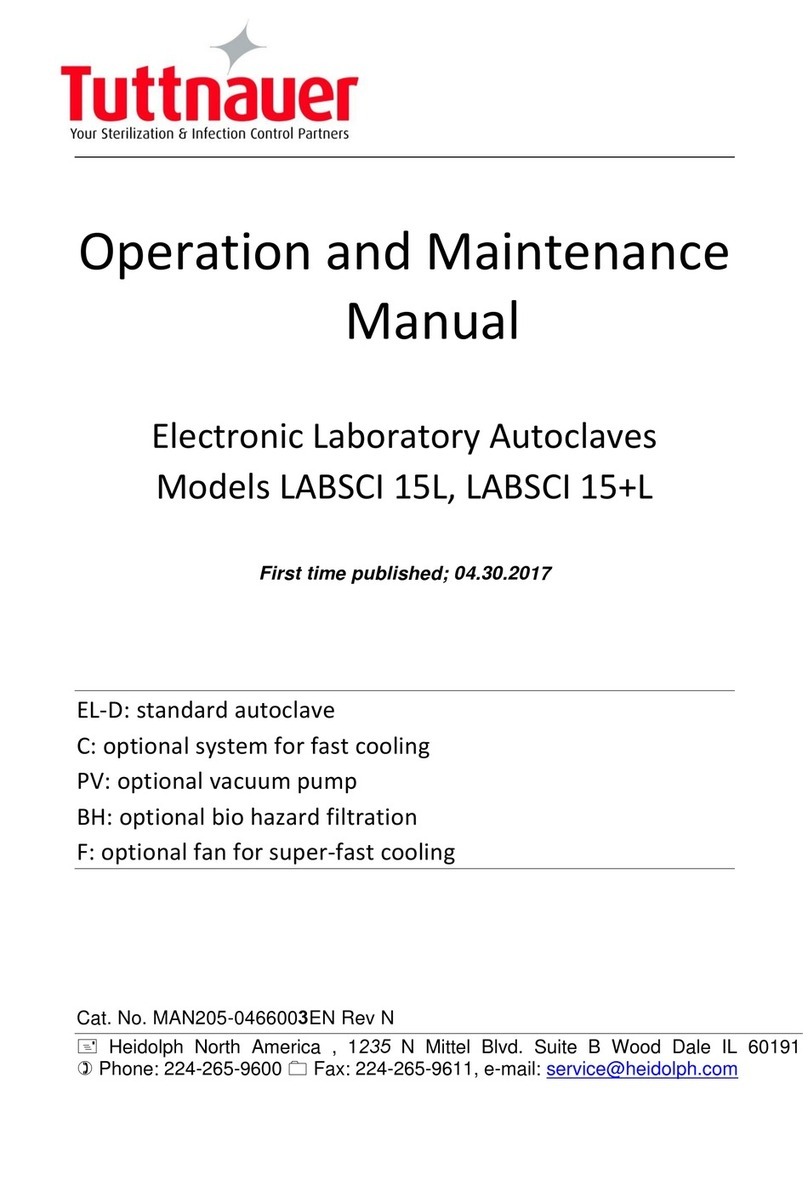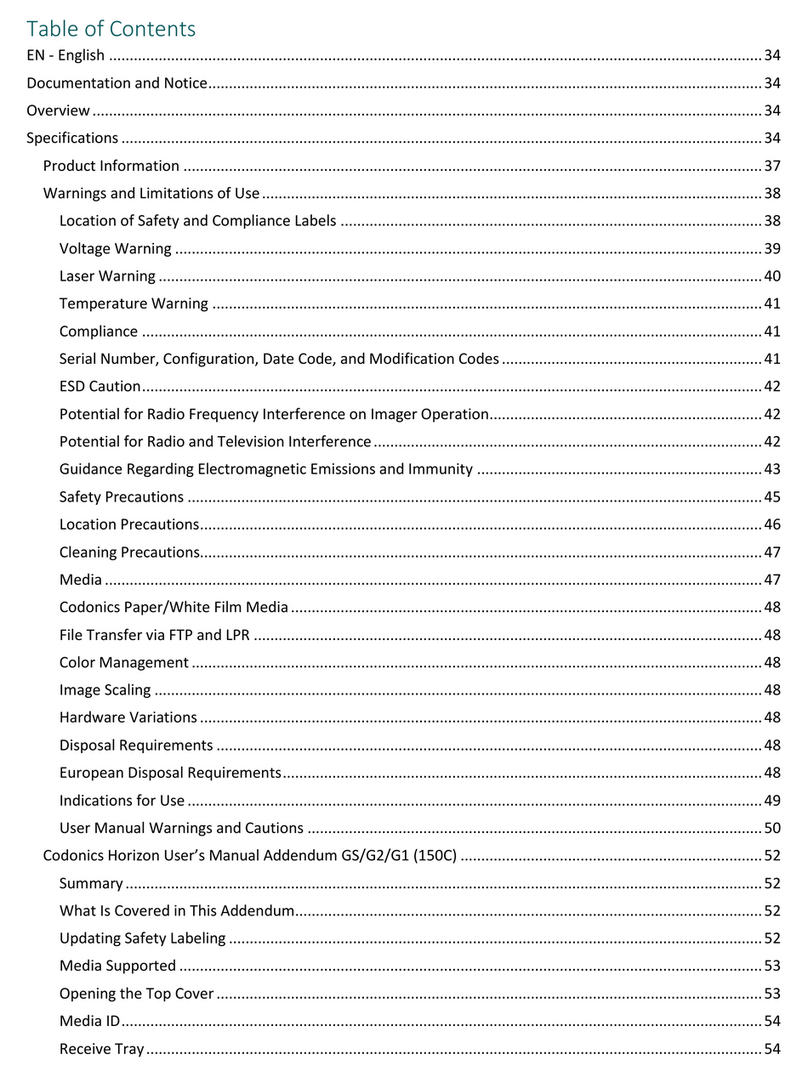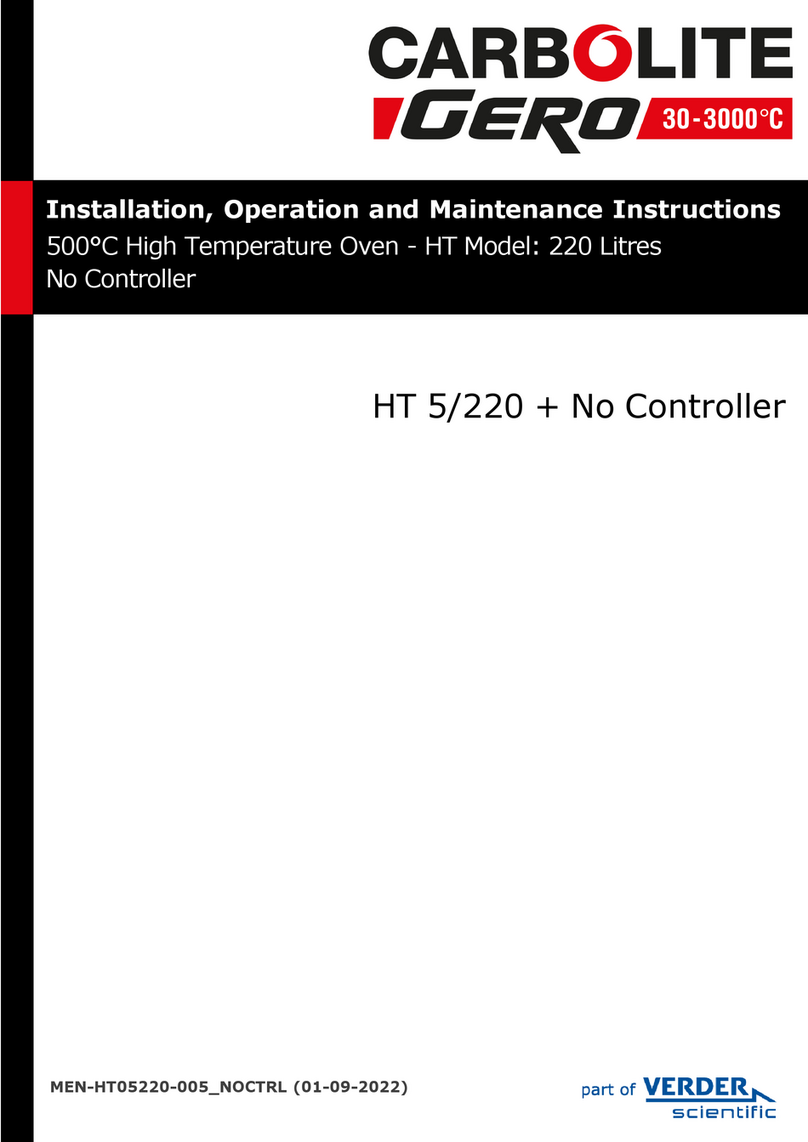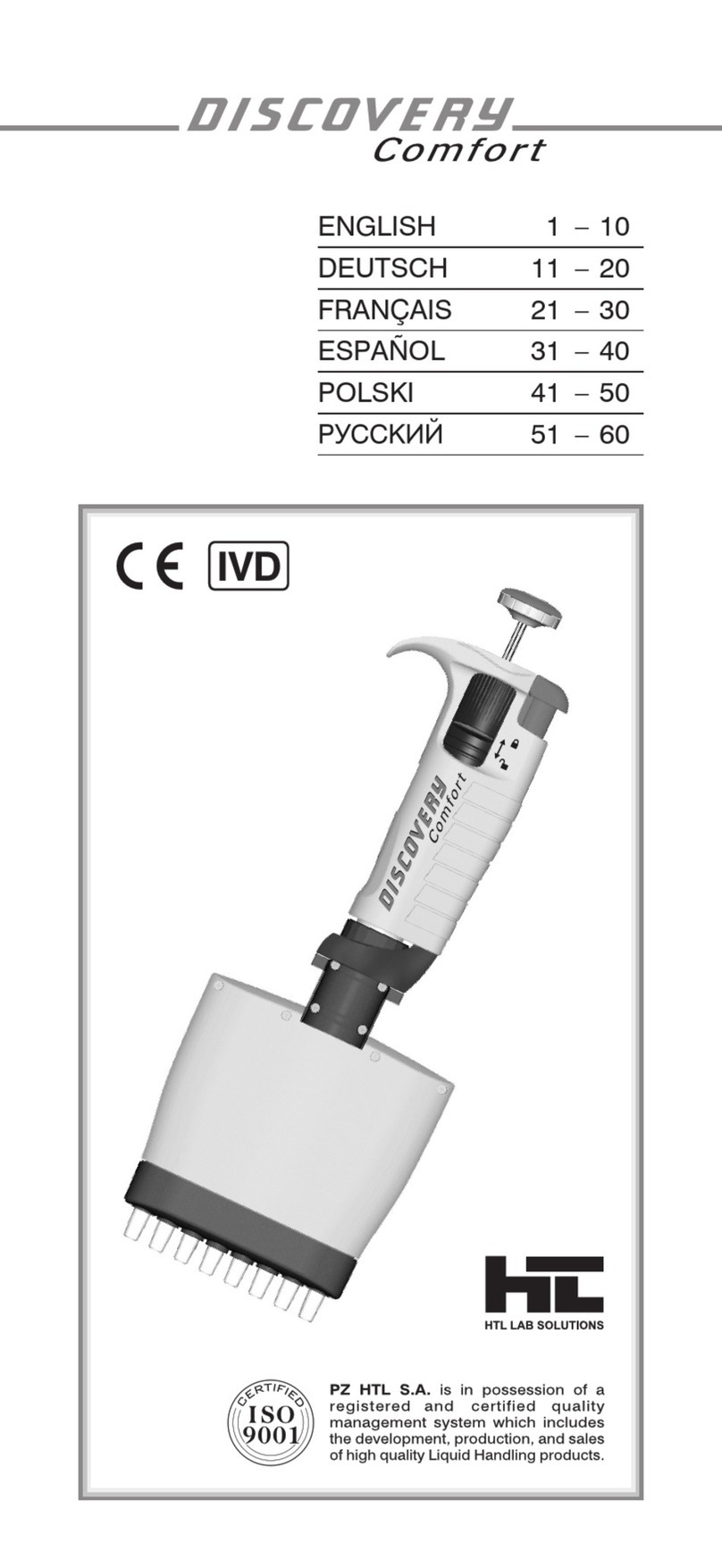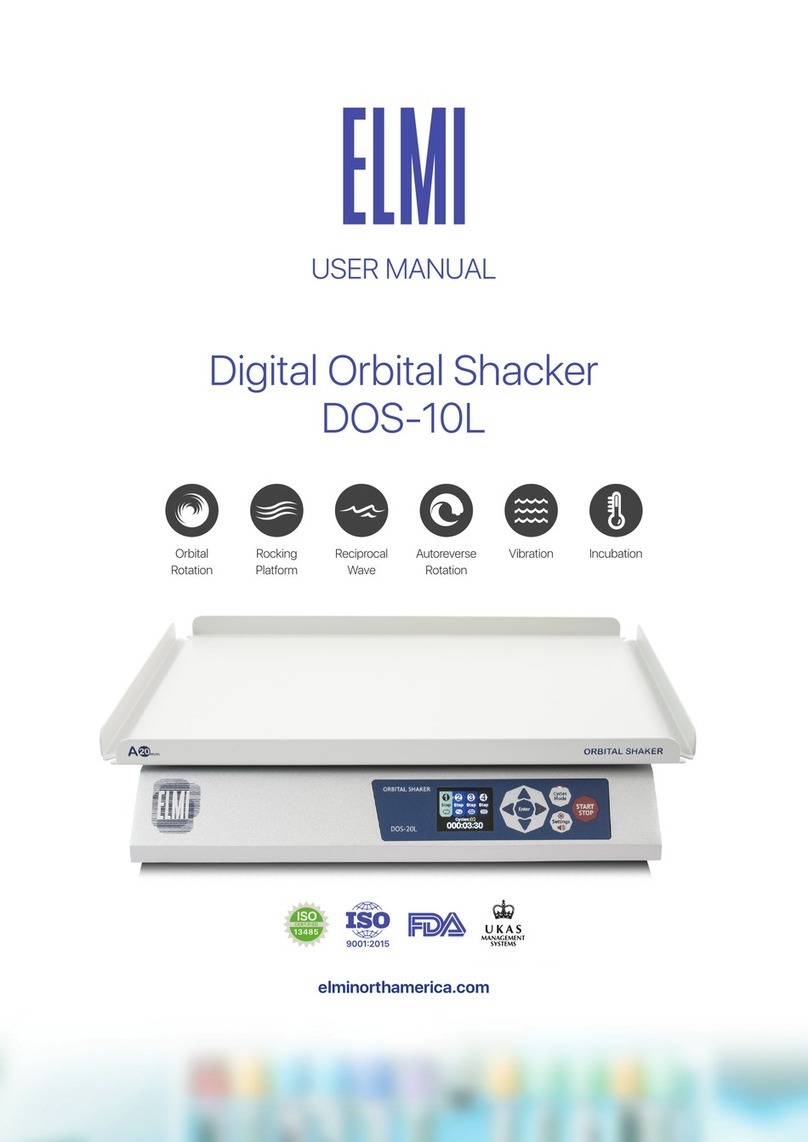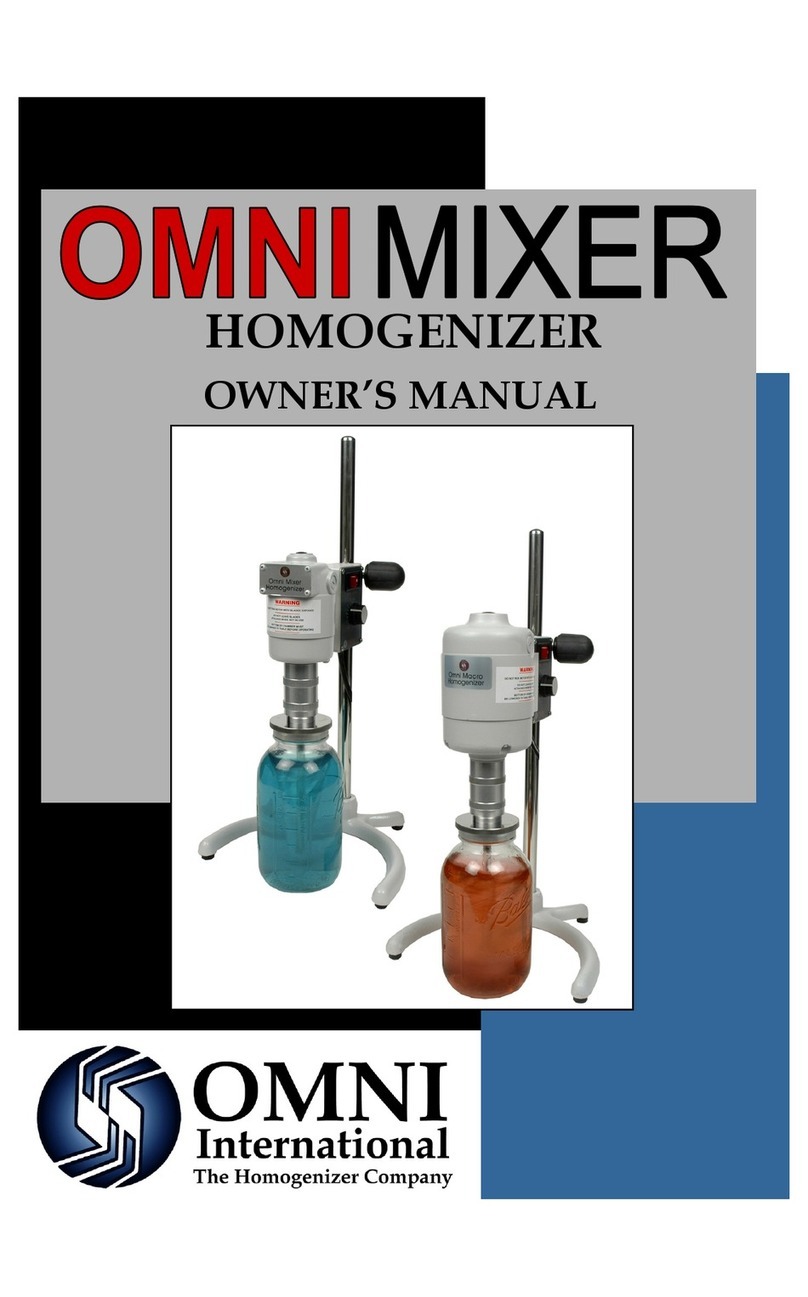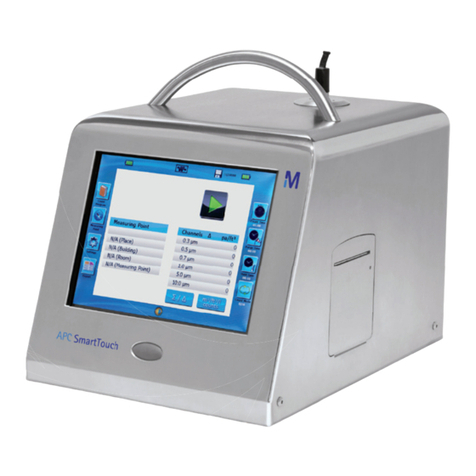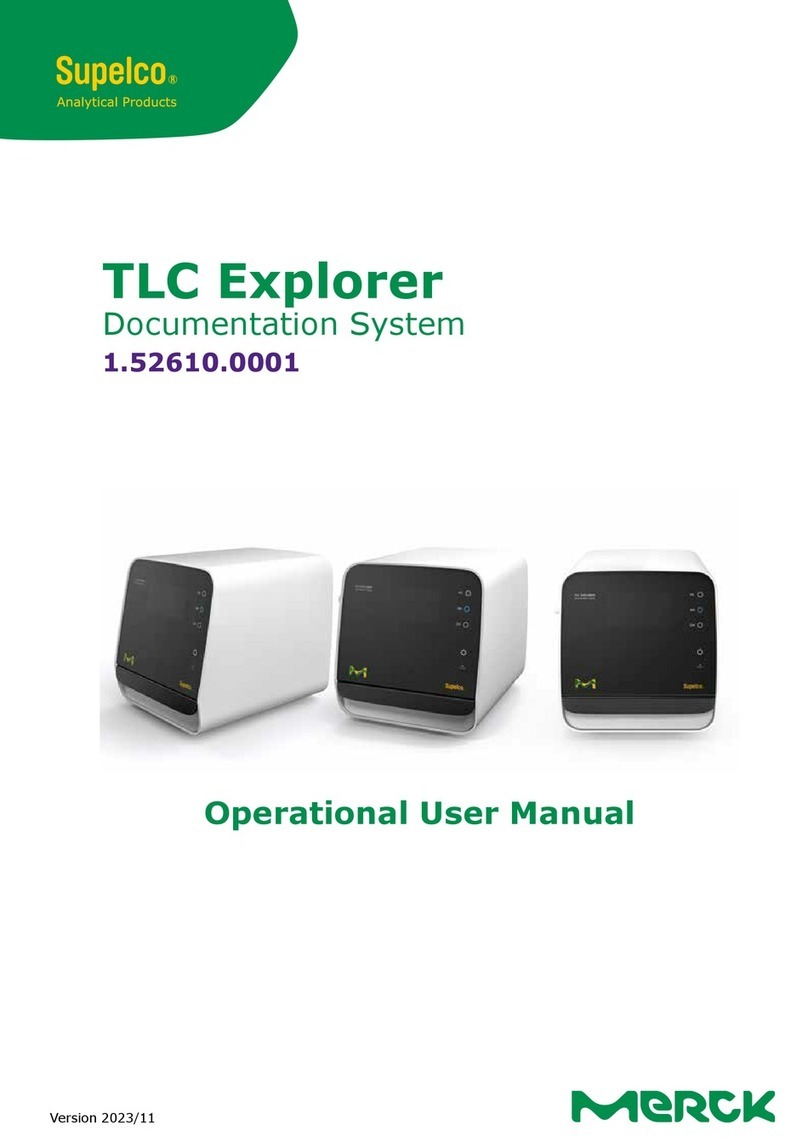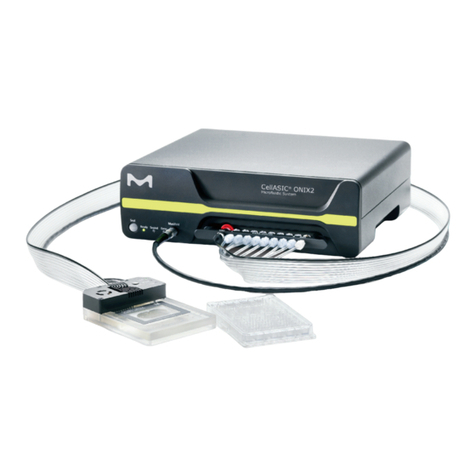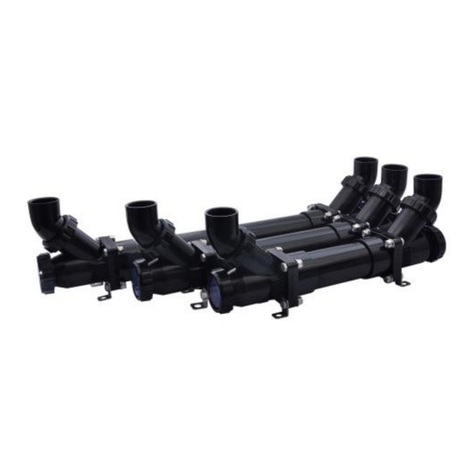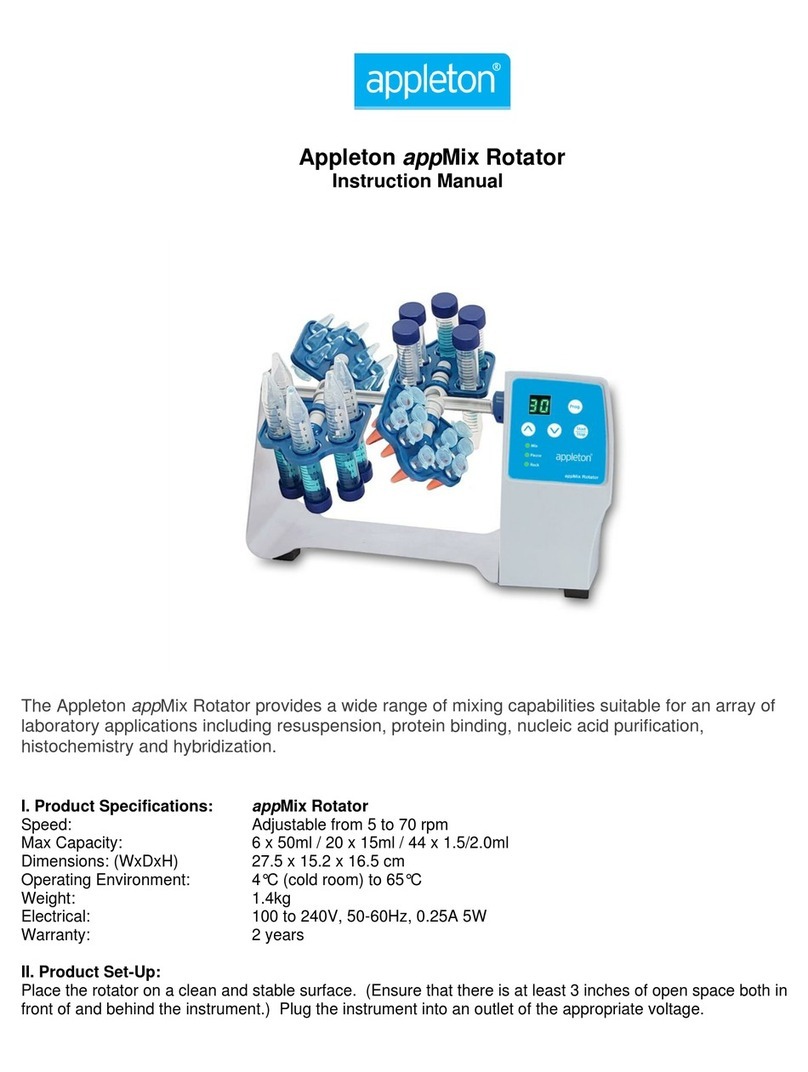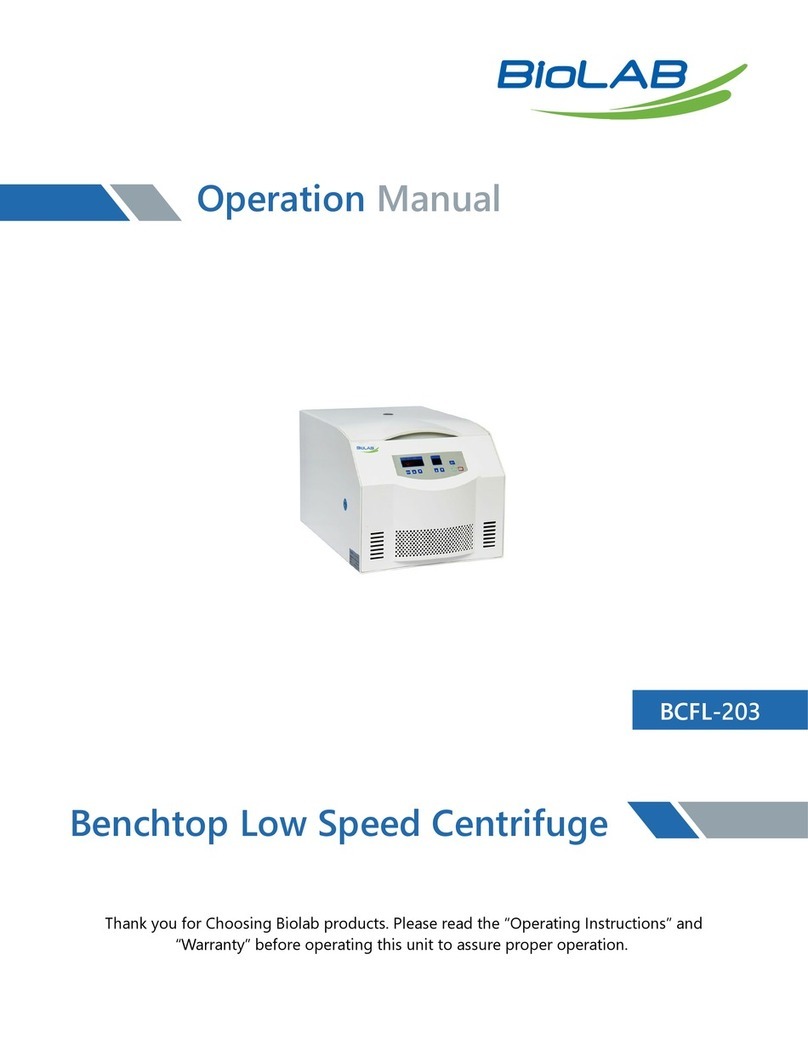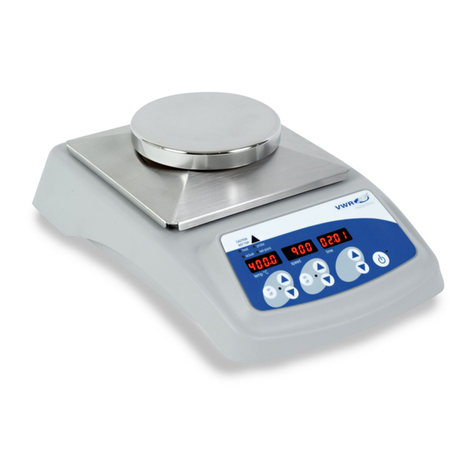
8 9
20424817 Rev 06/21 20424817 Rev 06/21
French French
Préparation
Réactifs
1. Préparer et conserver les kits de réactifs
comme indiqué dans la documentation
fournie avec les kits ou dans le manuel
d’utilisation complet (en ligne).
2. Les produits suivants, conservés à
basse température, doivent reposer
à température ambiante (20–25 °C)
pendant environ 10 minutes.
• Puce IEF
• Puce PAGE
• Solution de réhydratation
• Solution de DTT
• Ampholyte
3. Préparer la solution de réhydratation de
travail, qui sera utilisée pour réhydrater
la Puce IEF et extraire/diluer l’échantillon
protéique:
Réactifs Volume Concentration
finale
Solution de
réhydratation 189 µL
Solution de
DTT (1 M) 10 µL 50 mM
Ampholyte* 1–2 μL 0,5–1 % v/v
Total 200 µL
* Sélectionner l’ampholyte selon la plage
de pH de la Puce IEF utilisée. Dans le
cas des ampholytes à une concentration
mère de 40 % p/v, ajouter 1 µL. Dans
le cas des ampholytes concentrés
100X, ajouter 2 µL.
4. Préparer le tampon d’équilibration de
travail, qui sera utilisé pour équilibrer
les protéines lors de l’IEF avant
l’analyse SDS-PAGE.
Réactifs Volume Concentration
finale
Pré-mélange
de tampon
d'équilibration 760 µL
Solution de
DTT (1 M) 40 µL 50 mM
Total 800 µL
Préparation de l’échantillon
Dissoudre l’échantillon protéique dans la
solution de réhydratation de travail préparée
suivant l’étape 3. L’échantillon peut être
dilué d’un facteur 2 ou plus avec la solution
de réhydratation de travail pour obtenir la
concentration souhaitée en protéines et
réduire la concentration en sels.
Une concentration élevée en sels peut
perturber la séparation des protéines lors de
la focalisation isoélectrique et entraîner une
hausse du courant au-delà de 100 µA. Les
échantillons présentant une concentration
élevée en sels peuvent être dessalés par
l’une des méthodes suivantes:
Précipitation à l’acide trichloracétique
(TCA)/acétone et remise en suspension des
protéines dans la solution de réhydratation
de travail
OU
Échange de tampons à l’aide d’une
colonne à centrifuger
REMARQUE: Lors de la remise en suspension
des protéines, éviter de les chauffer à une
température supérieure à 37 °C.
Quantifier les protéines. Charger entre
0,1 et 25 µg de protéines pour
l’électrophorèse 2D. La quantité optimale
de protéines dépend de la méthode de
détection et de la complexité de l’échantillon.
Les quantités suivantes de protéines doivent
être utilisées comme point de départ. Il est
possible que les utilisateurs doivent optimiser
la quantité de protéines chargées pour leur
échantillon particulier.
• Coloration au bleu brillant de Coomassie:
25 µg
• Marquage fluorescent : 10 µg
• Coloration à l’argent: 5 µg
• Pré-marquage fluorescent: 3 µg
Le volume d’échantillon appliqué à l’appareil
est compris entre 10 et 12 µL. L’échantillon
peut être dilué avec la solution de
réhydratation de travail, si nécessaire.
Mise en marche de
l’appareil Auto2D®
Sélectionner le cordon d’alimentation
(fourni avec le dispositif) compatible avec
les prises secteur de votre pays. Brancher
fermement une extrémité du cordon à la
prise correspondante à l’arrière de l’appareil
Auto2D®et l’autre extrémité à une
prise secteur.
L’interrupteur de mise en marche se trouve
près de la prise du cordon d’alimentation,
à l’arrière de l’appareil Auto2D®. Appuyer
sur l’interrupteur vers le haut pour mettre
l’appareil en marche.
L’application sera automatiquement lancée.
Sur l’écran, sélectionner le mode
Auto2D®(original).
Chargement d’une recette
Sélectionner SETTING (Réglages) >
RECIPE (Recette). Toucher l’écran Recipe
Information (Informations sur les recettes).
Une boîte de dialogue pour sélectionner la
recette s’affiche.
Sélectionner
RECIPE NAME (Nom de la recette) >
LOAD (Charger) > OK > EXIT (Quitter).
REMARQUE: vérifier que le nom de la recette
souhaitée est affiché en haut à droite de
l’écran.
Mise en place des Puces
Puce PAGE
Côté cathode
Côté anode
1. Retirer la bande adhésive blanche côté
anode de la Puce.
2. Retirer la cache en plastique côté cathode
de la Puce.
3. Rincer délicatement les puits de tampon
d’anode et de cathode avec de l’eau
distillée. À l’aide d’une lingette en papier,
essuyer avec précaution tout liquide
présent sur la face supérieure de la Puce,
en veillant à ne pas endommager la fine
bande de gel située côté cathode.
Insertion des Puces dans le plateau
Sur l’écran tactile de l’appareil Auto2D®,
sélectionner OPEN (Ouvrir) > OK. Une fois le
plateau ouvert, placer la Puce PAGE (ligne bleu
clair) en orientant le côté anode vers l’avant.
Placer la Puce Solutions (lignes bleu foncé)
audessus de la Puce PAGE en orientant les
angles coupés vers l’avant.




















